How 10 years of UX innovation digitally transformed Transport Focus into the UK’s go-to transport resource
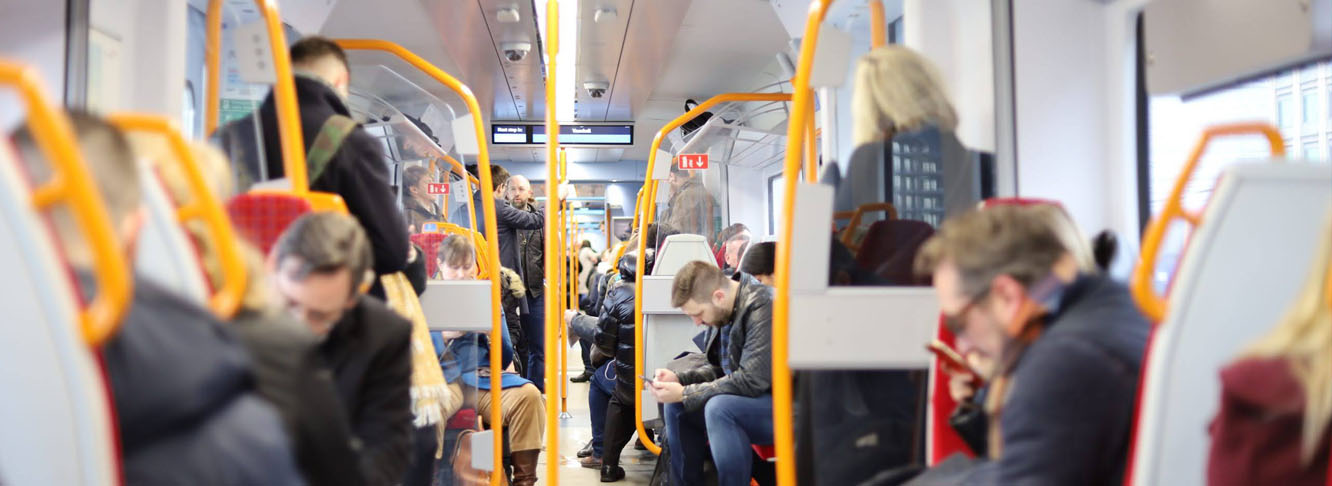
Building Trust Through Long-Term Collaboration
When Transport Focus first approached us in 2012, we could never have predicted that a decade later, we’d be stewarding one of the UK’s most critical public resources through its third major evolution. What started as a straightforward website redesign has grown into a strategic partnership that demonstrates the power of sustained collaboration.
If you’re not familiar with Transport Focus, chances are you’ve come across them in the national news, they’re the UK.Gov funded go-to source for transport insight across the UK.
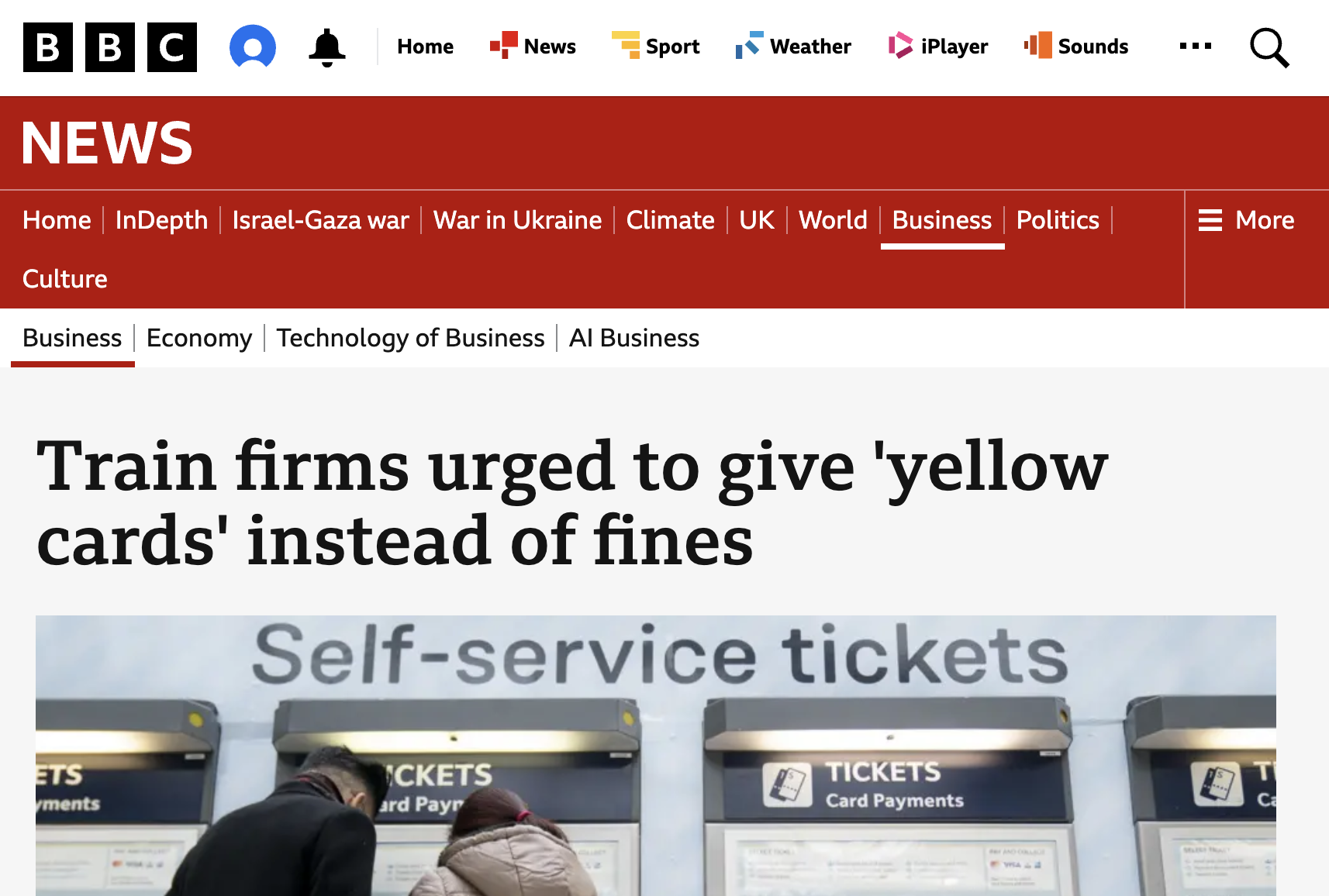
We’ve had the privilege of working alongside three different marketing directors at Transport Focus, each bringing totally fresh perspectives while building on the institutional knowledge we’ve developed together. This continuity has been invaluable as it’s allowed us to understand not just their technical requirements, but their mission to advocate for millions of transport users travelling from destinations such as London King’s Cross to Edinburgh Waverley, from Manchester city centre bus routes to Sheffield’s tram network.
Fast forward to our latest collaboration which tackles their most ambitious challenge yet: transforming a content-heavy website housing between 3,000-4,000 research documents into an accessible, modern platform that serves an array of users such as journalists covering transport disruptions in Birmingham, to government officials and think tanks planning infrastructure in Leeds, through to everyday passengers seeking help with journeys from Newcastle to Brighton.
Understanding the Real User Challenge
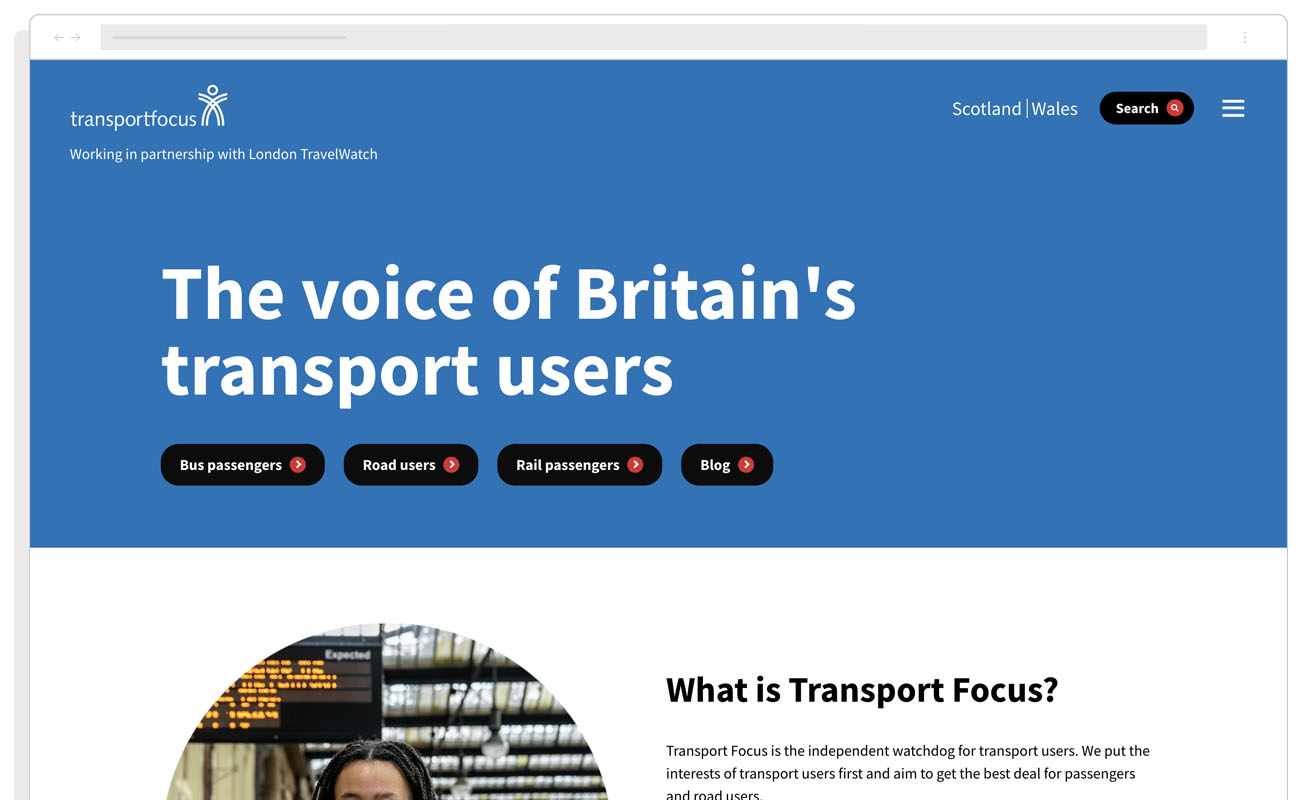
Thanks to our established relationship, we were able to dive straight into the complex user experience challenges without lengthy onboarding. We knew that when major transport issues affect cities like Liverpool, Bristol, or Nottingham, Transport Focus becomes the go-to source for media and officials – our analytics reports that their platform regularly sees traffic spikes of 26,000+ hits when mentioned in BBC news stories.
But we also understood the everyday users: the commuter stuck at Manchester Piccadilly needing complaint procedures, the transport planner in Southampton researching bus service improvements.
Our user research revealed three critical UX pain points that we’d been watching evolve since 2012:
- Search frustration – Users couldn’t efficiently find relevant research amongst thousands of documents
- Regional disconnect – Users in Cardiff, Swansea, Glasgow, and Edinburgh needed location-specific content and Welsh language support
- Accessibility barriers – The platform required the updated WCAG 2.2 AA standards, to ensure accessibility for all users
Designed to Meet Core User Requirements
Creating an Intelligent Search Experience
We knew from our previous UX workshops that users often arrived with specific, sometimes urgent questions. Instead of building another generic search function, we set out to design and implement an accessibility focused Algolia-powered portal function that understands context.
The UX improvement was immediate – users could now filter by transport modes (crucial for someone researching rail delays affecting York to London routes versus bus service issues in Hull), geographic regions, and publication dates, and given there’s over a decade of research, this was important! We simplified the interface language, replacing industry jargon with GDS recommended Plain Language that made sense to everyone.
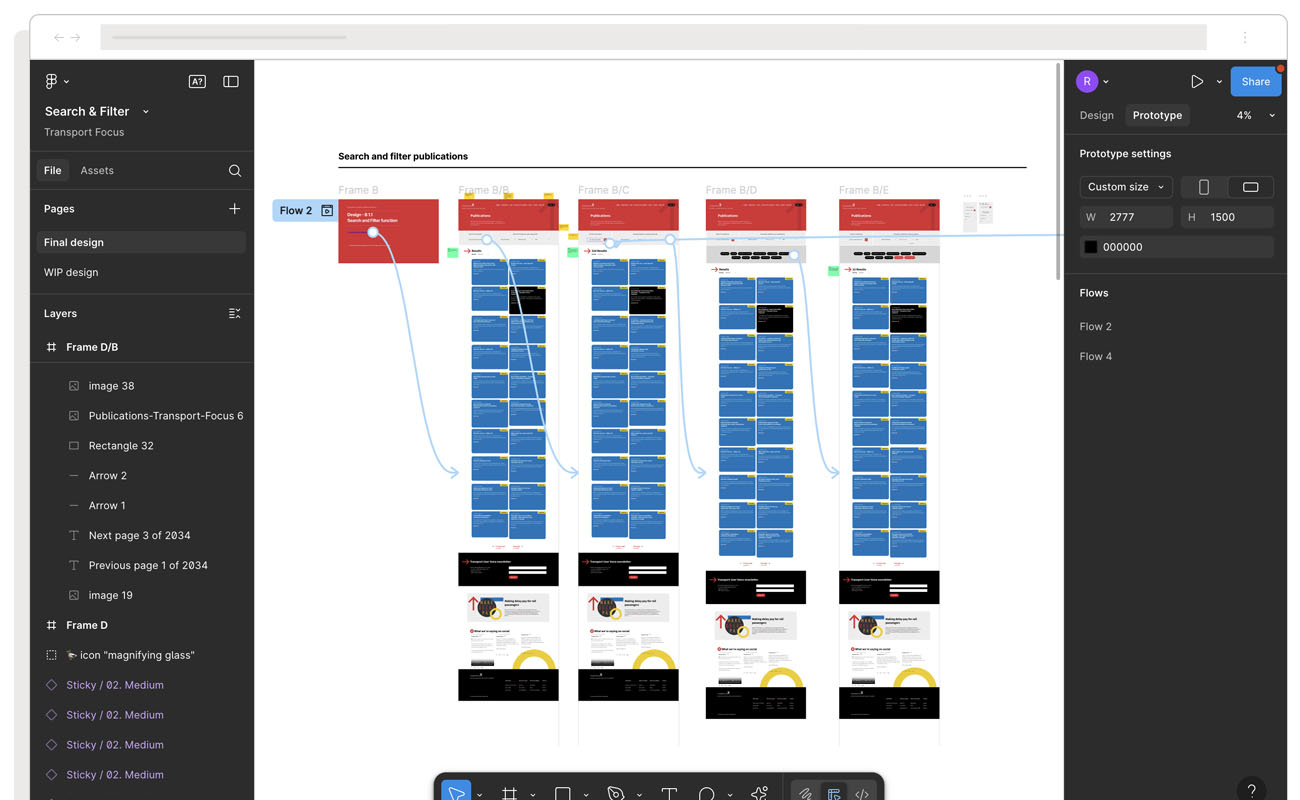
Solving the Multi-Audience Challenge
One of our biggest UX breakthroughs came from recognising that a bus passenger in Stoke-on-Trent has different needs than a rail advocate in Canterbury. We designed distinct user pathways that surface relevant content without overwhelming users with irrelevant information, the point of this was to ensure users accessed the content they needed as fast as possible. We were able to focus on this and refine the design by using the research data to map out the user needs through a series of collaborative workshops during which we applied our trusted ‘Jobs to be Done‘ (JTBD) framework. I’m a big advocate of these sessions – in my experience, they cut straight through the noise and surface meaningful insights that lead to real, tangible outcomes.
In addition to this, we also developed the multi-site architecture which creates tailored content experiences for different regions while maintaining content consistency. Welsh speakers in Cardiff can access translated Welsh content, while Scottish users in Glasgow were able to find region-specific research – all through intuitive navigation that doesn’t require understanding government-led organisational structures.

Making Accessibility Integral, Not Additional
Rather than treating accessibility as a compliance checklist, we embedded it into every UX decision from day one. Working with the team at Web Usability, we conducted multiple rounds of accessibility testing, discovering that traditional search interfaces created significant barriers.
To align with the WCAG 2.2 AA accessibility standards we redesigned the entire search and filtering experience, ensuring semantic markup and logical focus management for screen readers. Users with visual impairments can navigate thousands of documents efficiently and with ease. This wasn’t just about meeting standards – it was about ensuring equal access to vital transport advocacy.
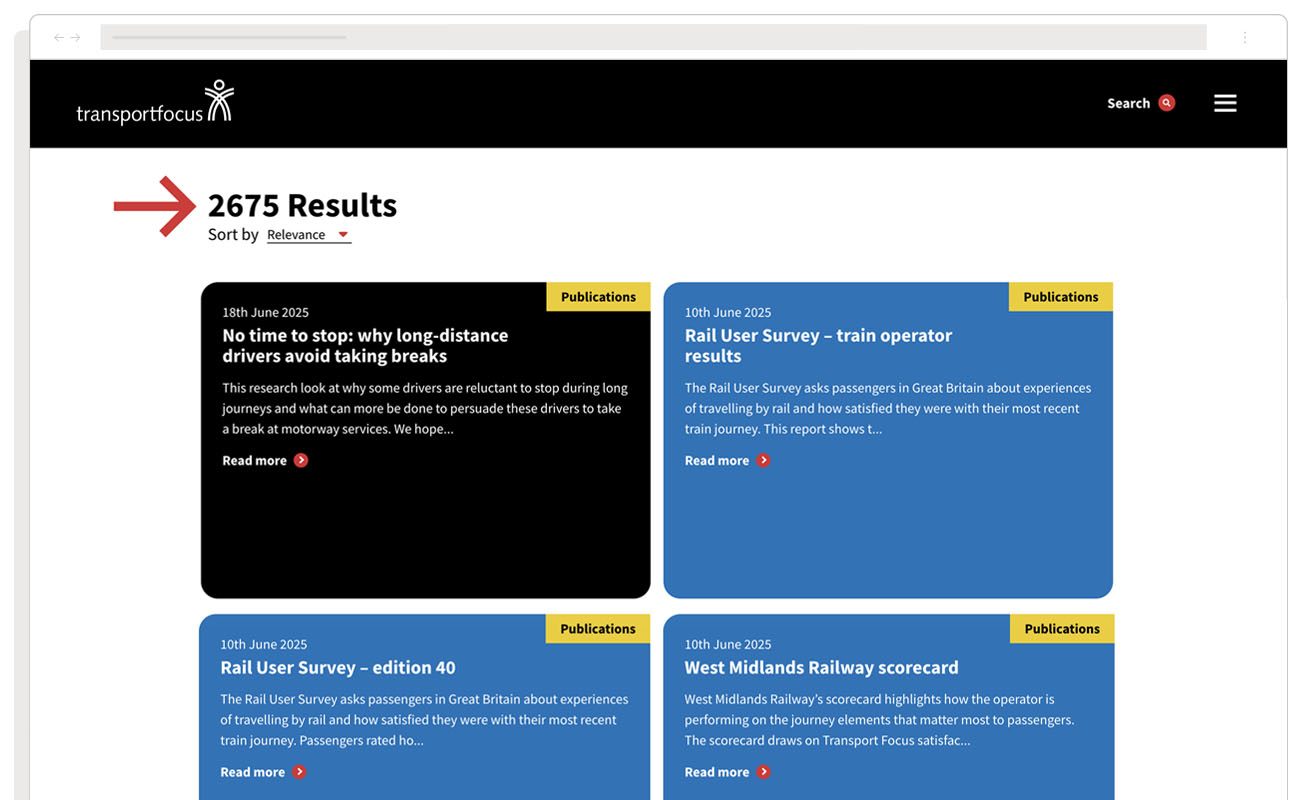
Technical Innovation Serving Human Needs
Infrastructure That Scales With Demand
We’ve learned that Transport Focus doesn’t just need a website – they need a platform that can handle the unpredictable nature of transport news cycles. When major disruptions affect commuters and become front page news stories, the platform had to remain stable under sudden traffic surges.
Our DevOps and infrastructure implementation automatically scales resources, but more importantly, we optimised the UX to handle high-stress situations. Even when 26,000+ users are accessing the platform simultaneously during breaking news, the core user journeys remain smooth and responsive.

Content Management That Empowers
We redesigned the backend experience as carefully as the public-facing site. Content editors can now publish research about transport issues affecting Reading, Oxford, or Cambridge without technical expertise, and through a defined approval process, while our search engine optimisation (SEO) and discoverability work ensures journalists covering breaking news stories can find relevant data quickly.
Measuring Success Through User Impact
The transformed platform now serves thousands of daily users with dramatically improved experiences:
- Media professionals in London newsrooms and regional outlets can find specific transport data in seconds rather than minutes
- Government officials and Think tanks across England, Wales, and Scotland can access location-specific research for evidence-based decision making
- Transport users from King’s Cross commuters to rural bus passengers in smaller towns can easily submit complaints and track advocacy progress
- Regional audiences in Wales and Scotland access relevant content in appropriate languages without navigation confusion
But beyond metrics, we measure success through the platform’s ability to amplify Transport Focus’s advocacy mission. When they champion better accessibility on Birmingham buses or improved rail services connecting smaller cities like Bradford to major hubs, the platform ensures their research reaches the right audiences efficiently.
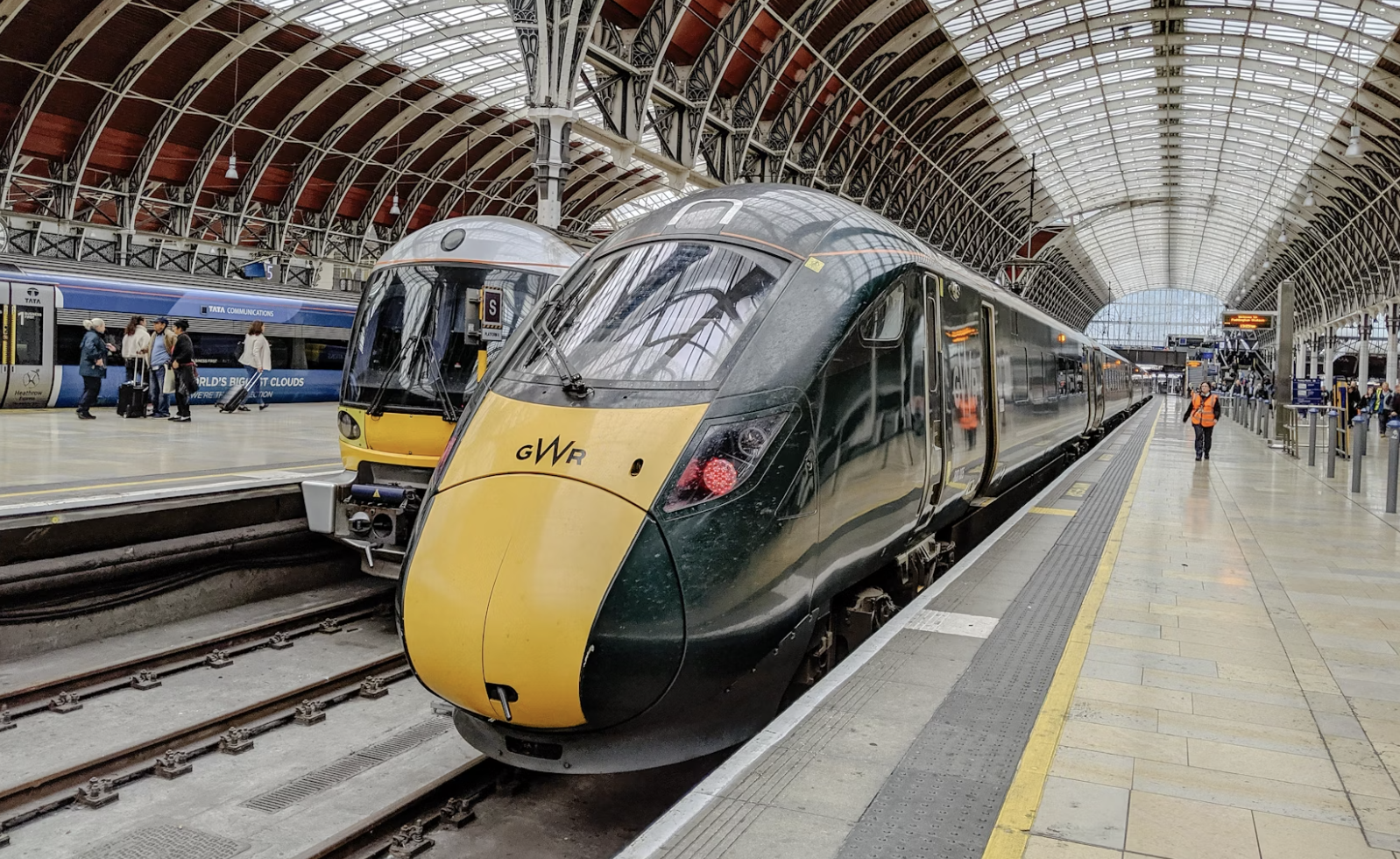
My Final Thoughts
Our decade-plus long partnership with Transport Focus demonstrates how sustained collaboration creates digital solutions that genuinely serve public needs. By combining deep sector knowledge with technical expertise, we’ve transformed a government funded website into a critical resource platform that connects millions of transport users across England, Wales, and Scotland with the advocacy and information they need.
The platform now serves as the authoritative source for transport data, supporting everyone from BBC journalists covering disruptions in Birmingham to accessibility advocates in Cambridge. This success stems from understanding that we weren’t just designing websites or platforms – we were stewarding a vital public service that improves transport experiences for every journey, from Portsmouth to Preston and everywhere in between.
Visit our Transport Focus case study for more in-depth information about the process and approaches we took over to deliver the latest 2025 iteration.
With thanks to Tom Baginski for the photo via Unsplash ❤️